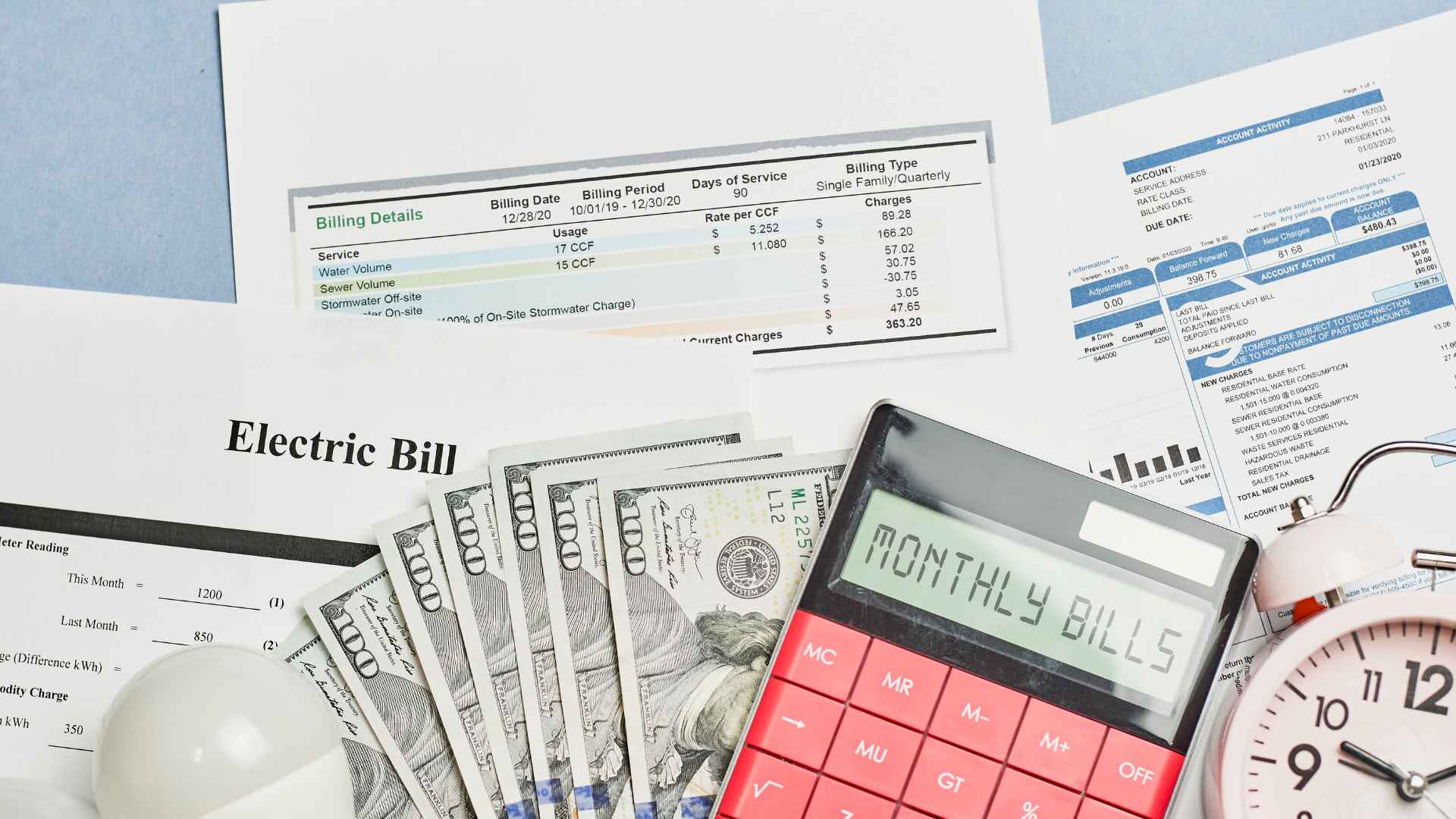Rooftop panels installed in 2019 prove their worth as federal incentives—and utility bills—move in opposite directions.
A single electricity bill doesn’t tell the whole story, but this one comes close. A Reddit user shared a May‑June 2024 statement totaling only $10.68 after five years with rooftop solar. At a time when the average U.S. household shells out roughly $136.84 each month for power, that eye‑opening number raises a simple question: is going solar still worth it? The short answer appears to be yes—if you move quickly.
How one homeowner cut a three‑digit summer electric bill to under eleven dollars
Back in 2019, the poster paired a new roof with a solar array and locked in loan rates while the 30 % federal credit still covered related roofing work. Although today’s rules no longer allow roof costs to be bundled, the panels themselves remain eligible—and they’re doing the heavy lifting. By shaving nearly $126 from a typical monthly bill, the system is on track to save about $1,500 per year, right in line with national projections.
| Item | Typical Amount | Solar‑User Amount |
|---|---|---|
| Average U.S. monthly bill | $136.84 | — |
| May‑June 2024 bill (with solar) | — | $10.68 |
| Estimated annual savings | — | ≈ $1,500 |
Those savings add up quickly. Industry marketplace EnergySage estimates a 7‑year break‑even period; the Redditor is already past year five and apparently on schedule. Still wondering whether panels make sense for your own roof? Keep reading.
Federal tax credits and local incentives still trim installation costs—but they may expire soon
Thanks to the Residential Clean Energy Credit, homeowners can currently deduct 30 % of a solar project’s cost from their federal taxes. Many states layer on rebates or offer net‑metering payments for excess power fed back to the grid.
However, some members of Congress have signaled a willingness to roll back these perks, a move that could erase savings worth around $10,000 for a typical system. Consequently, locking in contracts now—before any policy shift—could make the difference between a fast payback and a long wait. Not sure where to begin?
- Compare bids from installers that specialize in solar, not general roofing.
- Use mapping tools such as EnergySage’s to see average system prices and local incentives.
- Check utility rules on net metering and connection fees.
- Confirm warranties on panels (often 25 years) and inverters (10–15 years).
After all, who wouldn’t like opening a July bill that’s lighter than a lunch receipt? Solar panels remain one of the few home upgrades that fight both climate change and monthly expenses at the same time. With robust federal credits still in place—at least for now—homeowners who act soon can tilt the math in their favor and, like this Reddit user, watch the decimal point slide left.

